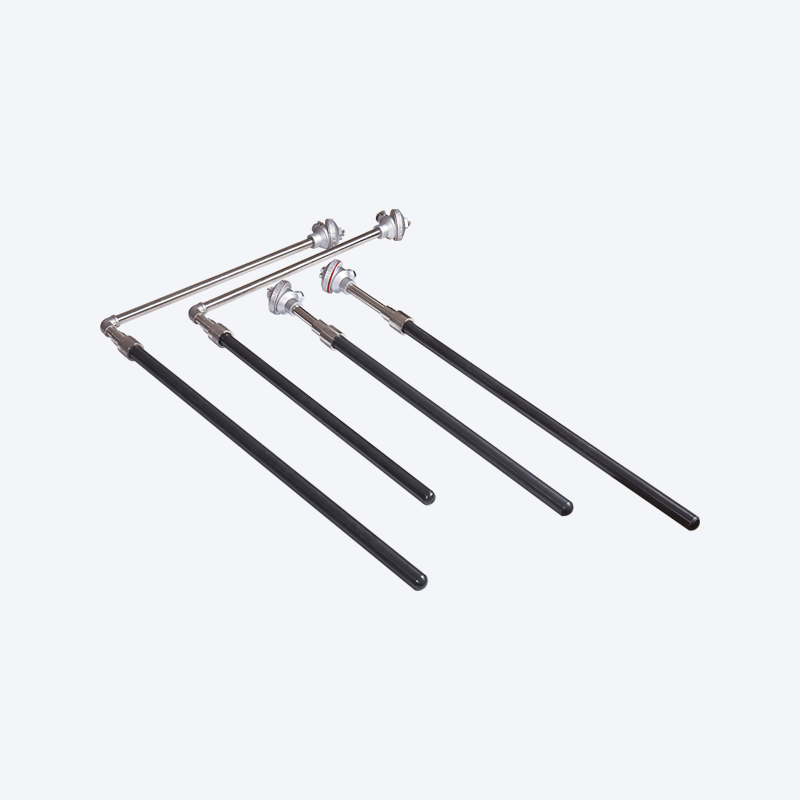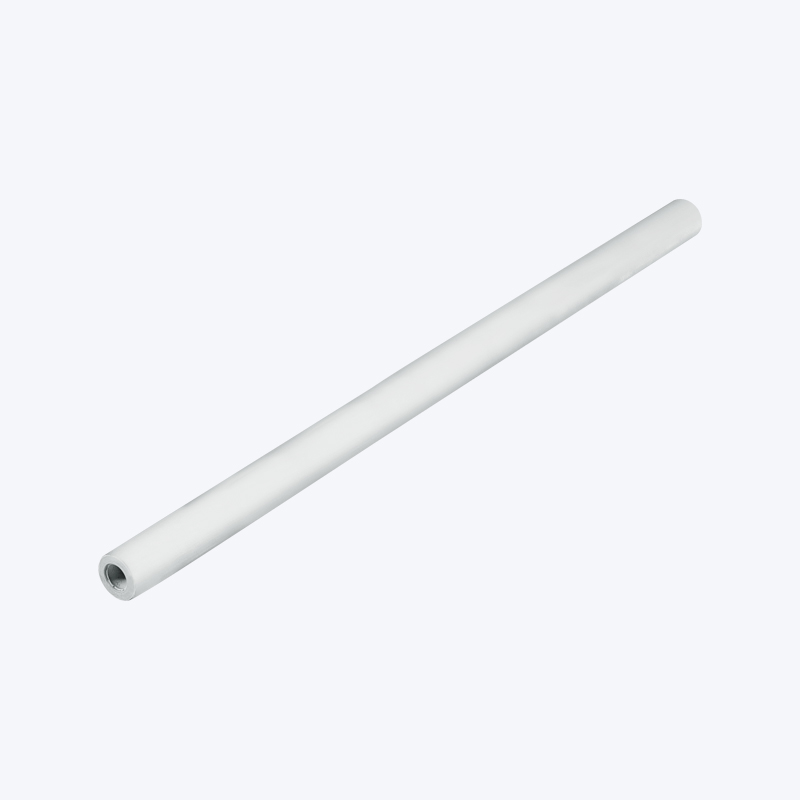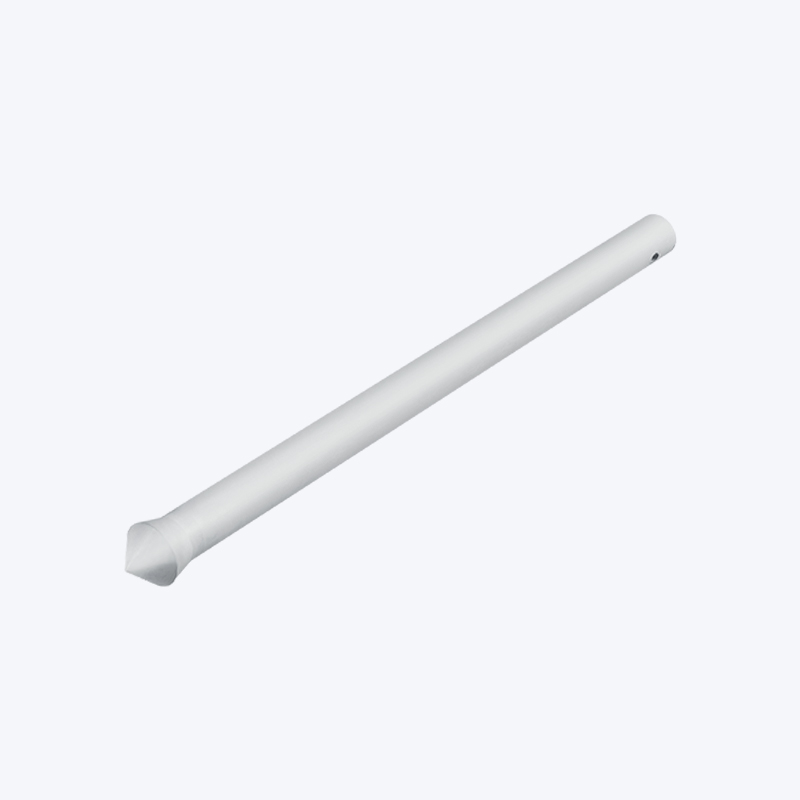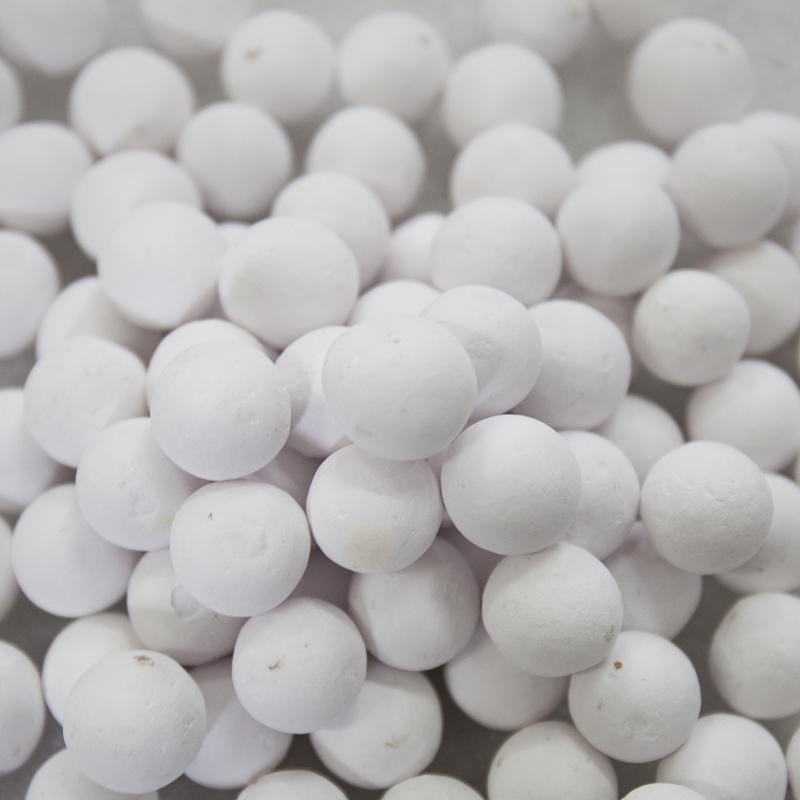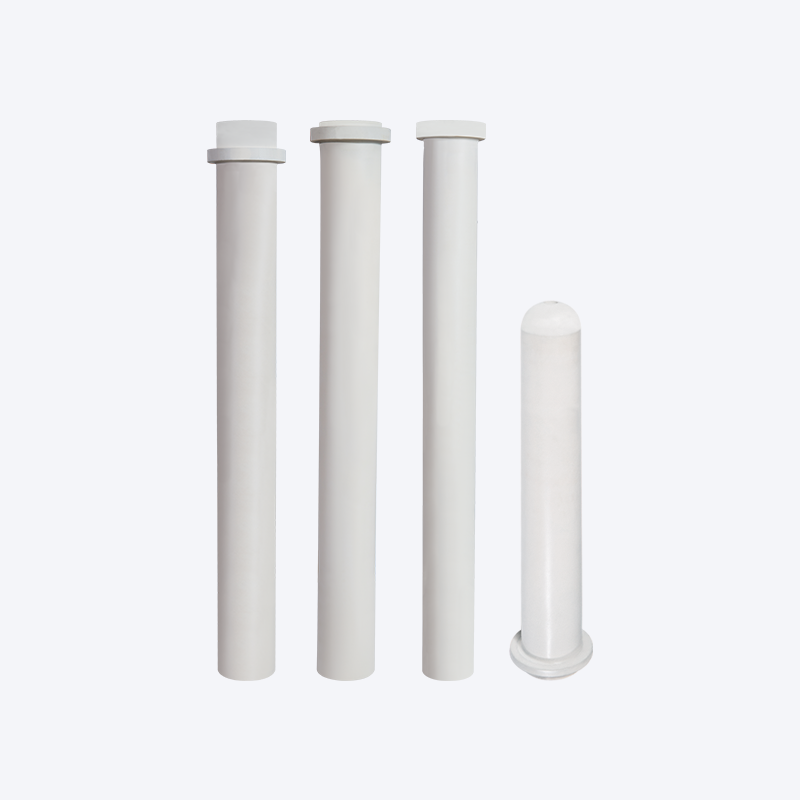Silicon Nitride vs. Silicon Carbide
Silicon Nitride () and Silicon Carbide () are two advanced ceramic materials renowned for their exceptional properties, making them indispensable in demanding industrial applications where traditional metals and polymers fail. While both share a silicon base and offer superior performance at high temperatures, their specific compositions and crystal structures lead to distinct characteristics that dictate their respective uses.
Composition and Structure
Silicon Nitride is a chemical compound of silicon and nitrogen, typically with the formula
Silicon Carbide is a compound of silicon and carbon, forming a covalent network solid.
Key Mechanical and Thermal Properties
Both ceramics possess outstanding properties, but a direct comparison highlights key differences:
The
Conversely,
Applications in Industry
The distinct properties of these two ceramics lead them to dominate different, yet sometimes overlapping, sectors:
Silicon Nitride Applications
Silicon Nitride’s combination of high strength, low density, and outstanding resistance to thermal shock makes it the material of choice for:
- Engine Components: Turbocharger rotors, glow plugs, and valves in diesel and gasoline engines, where its high strength-to-weight ratio and thermal stability offer performance gains.
- Bearings: In high-speed, high-temperature, and corrosive environments,
balls and rollers are superior to steel due to their lower density (reducing centrifugal forces) and longer life. - Molten Metal Handling: Its non-wetting properties and chemical stability make it excellent for use in crucibles, tubes, and furnace components in aluminum and non-ferrous metal processing.
Silicon Carbide Applications
Silicon Carbide is preferred for applications that demand maximum hardness, wear resistance, and high thermal management:
- Abrasives and Grinding: Due to its extreme hardness, it is widely used in cutting tools, grinding wheels, and lapping powders.
- Power Electronics: Its wide bandgap, high electron mobility, and high thermal conductivity make it a revolutionary material for high-power, high-frequency, and high-temperature semiconductors (diodes, MOSFETs) that are critical in electric vehicles and solar inverters.
- Heating Elements: Used in industrial furnaces and kilns due to its ability to maintain strength at very high temperatures.
- Body Armor: Its high hardness and low density make it an effective material for ceramic strike plates.
In summary, while both Silicon Nitride and Silicon Carbide represent the pinnacle of advanced ceramics, they are generally selected based on specific performance criteria. Silicon Nitride excels where thermal shock resistance and fracture toughness are paramount, whereas Silicon Carbide is the clear winner for extreme hardness, abrasion resistance, and high-power thermal management in electronics.
Contact Us for Quotes and Prices!
Just let us know what you want, and we will get in touch with you as soon as possible!

 English
English 简体中文
简体中文